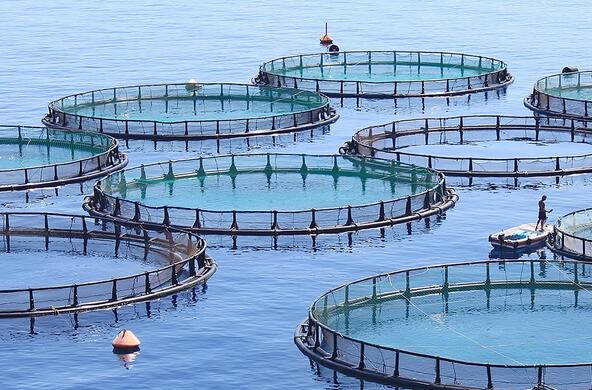Clothing has assumed a major economic role in human society ever since we began to wear animal skins. Along with the provision of food, shelter and fuels, the manufacture of clothing contributes to human environmental impact worldwide. So as I contemplated my closet recently, I asked myself whether cotton vs. linen shirts, or nylon or denim pants, left a greater footprint on the environment.
Good data exist for the energy consumption to produce a given weight of fabric. But after that, the analysis is fraught with difficulty. A given weight of thread can be woven, thick or thin, into a vastly different yardage of fabric, which, of course, determines how much is used in any particular garment. Further processing, such as dyeing the material and incorporation of silver nanoparticles and anti-wrinkle- or flame-retardant chemicals requires additional energy inputs.
Post-purchase activities, such as how often a garment must be washed or ironed should also factor into the analysis. Linen requires much less energy to manufacture than the same amount of cotton fabric, but a linen garment wrinkles easily, requires dry cleaning, and must be ironed frequently. Synthetic fabrics such as nylon or polyester are made from fossil fuels (petroleum), but they may result in lower carbon dioxide emissions to the atmosphere than the production of cotton.
The analysis of environmental footprint must extend to water use, especially for those materials that are grown as crops. It must also consider organic farming and the impact of genetically-modified crop varieties on nature.
Given the vast diversity of fibers, and multiple options for their weaving, dyeing, and additive compounds, I found a highly confounded answer to the simple question: which fabric is best for nature? Here I focus on six fabrics: three synthetic fabrics produced from fossil fuels (polyester, acrylic and nylon) and three derived from plant fibers (cotton, linen and rayon). The following statistics emerge based on the environmental impact to produce various fibers:
- The energy use to produce a kilogram of polyester (125 MegaJoules), nylon (130 MJ), or acrylic (175 MJ) is greater than that used to produce rayon (71 MJ), cotton (60 MJ) or linen (10 MJ).
- Emissions of greenhouse gases differ slightly from energy use, inasmuch as different sources of energy are involved with different fabrics (natural gas vs. electricity) and fabrics differ in the source of their embodied energy (photosynthesis vs. petroleum). For instance polyester is associated with the lowest emissions of CO2 (2.8 kgCO2/kg fiber) and cotton (6 kgCO2/kg fiber) moves up the list above acrylic (5 kgCO2/kg fiber).
- The water use to produce a kilogram of conventionally-grown cotton (22,000 L) is astoundingly greater than that for rayon (640 L), linen (214 L), or polyester (62 L). If irrigation water is pumped, then the energy costs of cotton (# 1) are much higher.
- The land use associated with the production of cotton is greater than for rayon, and essentially zero for polyester or acrylic. Organic cotton is estimated to require 30% more land area than conventional cotton, which has a higher yield per area.
- Growth of cotton requires a number of pesticides in the field and chemicals for post-harvest processing of the fiber. In the United States about 85% of the planted cotton contains genes that help it to resist insect attack (i.e., GMO varieties, such as Bt cotton).
Considering these various metrics, several studies conclude that rayon and linen may be the best compromise.
Dress for success.
References
Cay, A. 2018. Energy consumption and energy saving potential in clothing industry. Energy 159: 74-85.
Muthu, S.S., Y. Li, J.Y. Hu and P.Y. Mok. 2012. Quantification of environmental impact and ecological sustainability for textile fibres. Ecological Indicators 13: 66-74.
Shen, L., E. Worrell and M.K. Patel. 2010. Environmental impact assessment of man-made cellulose fibres. Resources Conservation and Recycling 55: 260-274.
Van der Velden, M.M., M.K. Patel. And J.G. Vogtlander. 2014. LCA benchmarking study on textiles made of cotton, polyester, nylon, acryl or elastane. International Journal of Life Cycle Assessment 19: 331-356.







